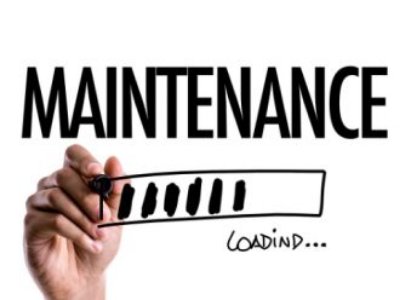
At Home Car Maintenance
Check your car battery
It’s advisable to charge your car's battery every three years, as a flat battery is usually the main cause of most vehicle breakdowns.
Common causes of a battery going flat are if you don’t use the car a lot and leave it stationary for long periods of time, charging problems such as corroded battery connections or extreme weather.
Look out for your car taking longer to turn over when you first start it, the battery warning light on your dashboard taking longer to go out after you’ve started your car, or it staying on or flickering while you're driving.
How to charge your car battery:
- Park your vehicle on a level piece of ground, apply the handbrake and set the gears to neutral if you’re in a manual or apply park if you’re in an automatic.
- Start your engine, turn your air conditioning on, and leave it running for 5 minutes. Leaving your air conditioning on will help with circulation.
- Put your foot on the clutch if you’re in a manual, or leave it in park if you’re in an automatic and place your foot on the accelerator. Rev the car up to 3,000 rpm if you’re in a petrol car, and 2,500 rpm if you’re in a diesel, holding it for 30 seconds. This let’s carbon flush through the system.
- Release your foot off the accelerator, and leave your car running for a further 5-10 minutes to charge the battery. For hybrid cars, it’s recommended to leave it running for 1 hour, as they have larger batteries.
Keep your vehicle clean
Keeping the exterior of your vehicle clean can help prolong the life of your paintwork, and avoid any corrosion.
Aim to wash your car every two weeks to remove any dirt, mud or salt from the roads that can cling to your car and cause damage.
Regularly check and top up your fluids
Washer Fluid
Topping up your car's washer fluid may be the last priority on your list, but it’s essential for keeping your windscreen clean, so everything is clearly visible to you on the road ahead.
How to top up your washer fluid
- Turn off your engine and ensure it’s cool
- Open your bonnet and locate the washer fluid reservoir. (It usually has a blue lid)
- Mix the correct quantities of washer fluid. Some will be ready to use and pour in but some will be concentrated and you’ll have to mix with water. Pour up to the maximum level and secure the lid down
- Test your front and rear washers to check they’re both working and aren’t blocked.
Engine Oil
Engine oil is essential for lubricating the components of your engine, which are constantly subject to friction and wear and tear. Having sufficient levels of engine oil prolongs the life of your internal engine parts and keeps your car running for longer.
How to fill up your engine oil
- Park on level ground, ensuring your engine is off and cool
- Open the bonnet, and locate the engine oil dipstick. It usually has a bright yellow or orange handle
- Pull the dipstick out gently, wiping away the excess oil as you go
- Place it all the way down back into the reservoir, and remove it again, this time not wiping away the excess.
- If the oil falls between the two notches on the stick, this means your oil is at the perfect level. If it falls below the lower notch, you need to top up your oil, and if it exceeds both notches, this means you need your oil drained.
- If you need your oil draining, take your car to a local professional to have this done. On the other hand, if your oil needs topping up, make sure you have the correct oil for your car by checking your car's handbook, unscrewing the filler cap (it should have an engine oil symbol on it) and filling gradually using a funnel. Keep checking the dipstick regularly to avoid overfilling.
Check all your lights are working
Your car's lights not only allow you to see the road and any hazards clearly, but they also allow other drivers to see you clearly and warn them of your manoeuvres.
Key lights to check include your:
- Headlights
- Sidelights
- Fog Lights
- Main Beam
- Brake Lights
- Indicator Lights
- Hazard Warning Lights
- Reversing Lights
To effectively check if your car’s lights are all working correctly, have someone stand outside the vehicle and check when you operate each of the lights.
Please provide your details below and a member of our team will be in touch
Your current car
By providing your details you consent to us being able to contact you using the methods given above. Read more.
Fill in your details below and a member of our team will be in touch
By providing your details you consent to us being able to contact you using the methods given above. Read more.


